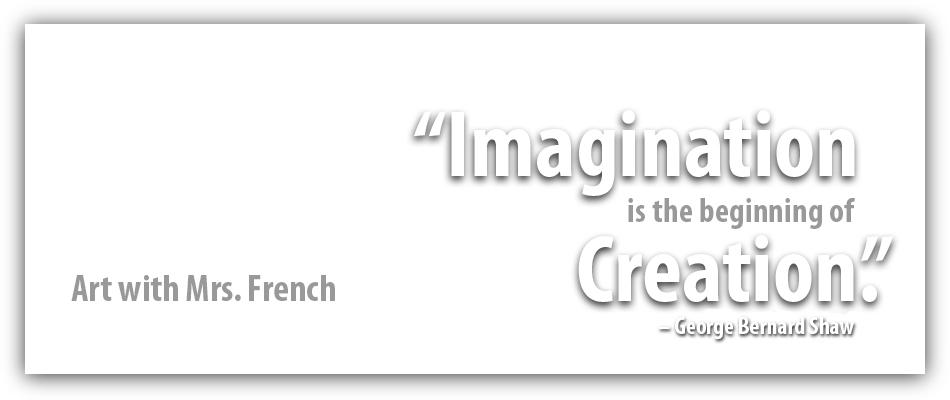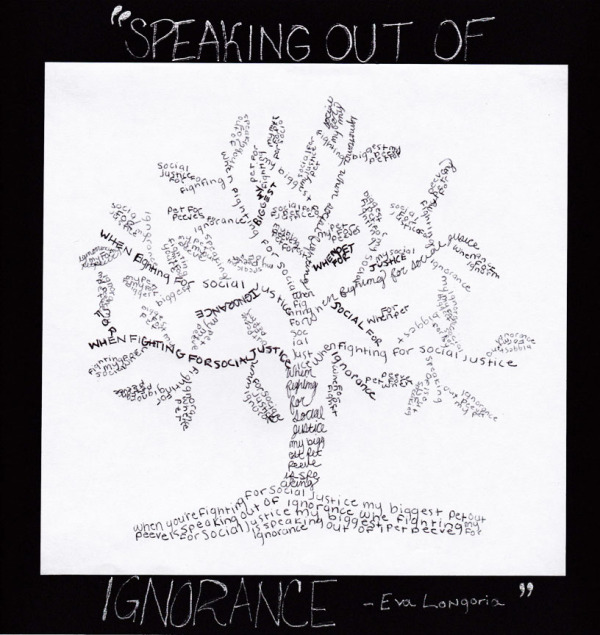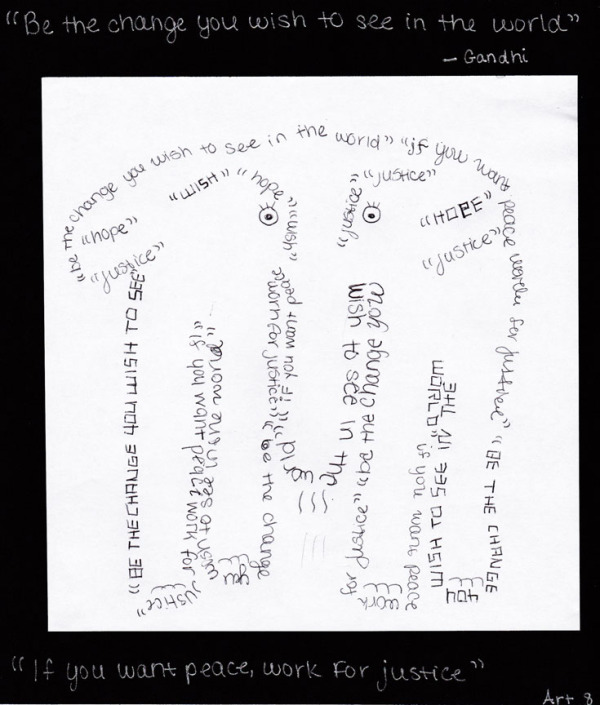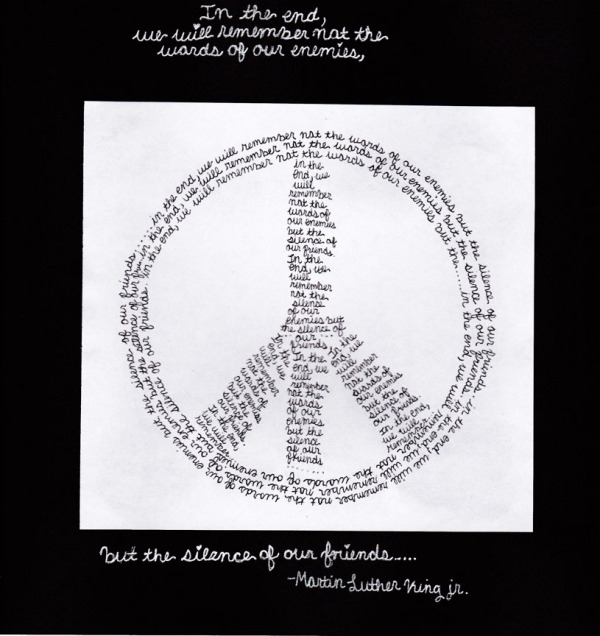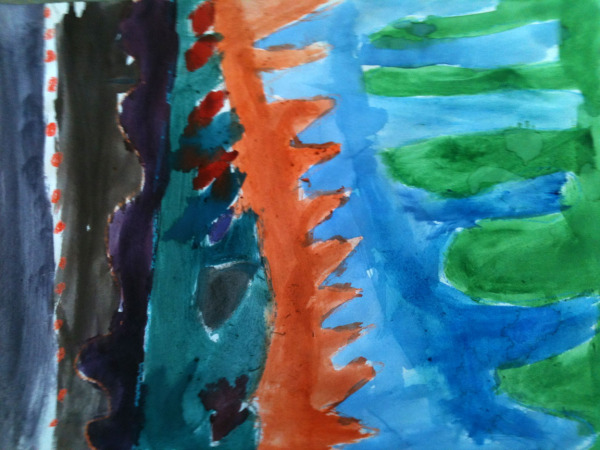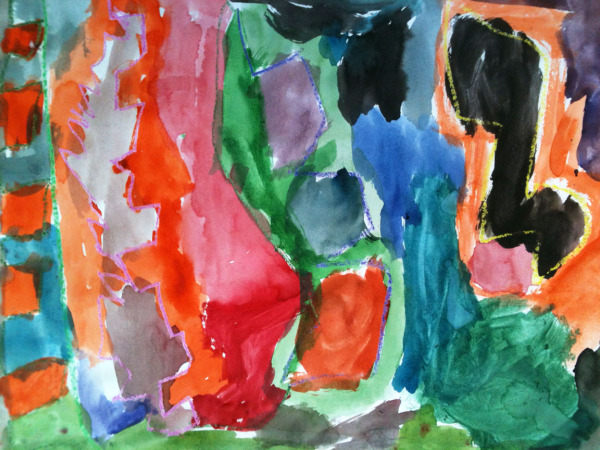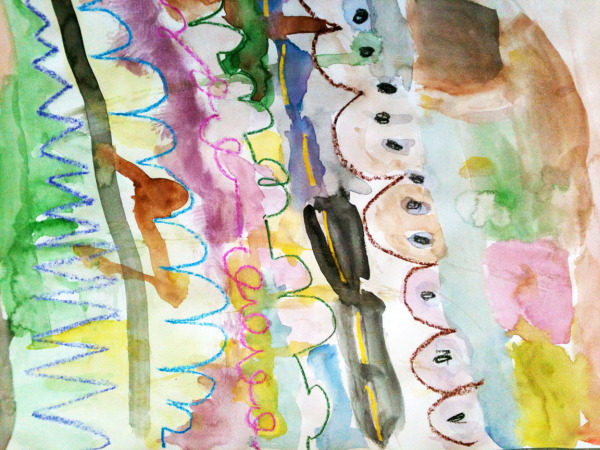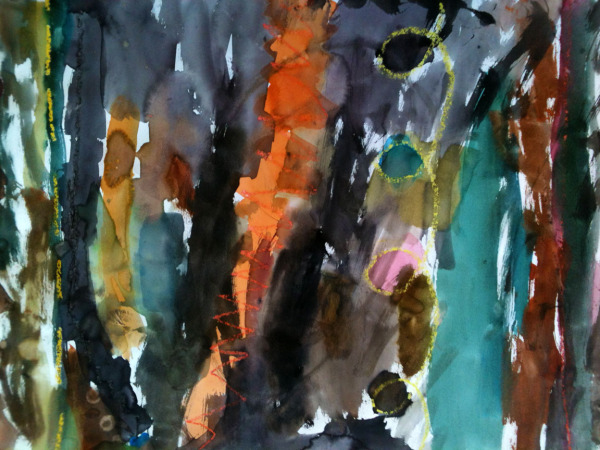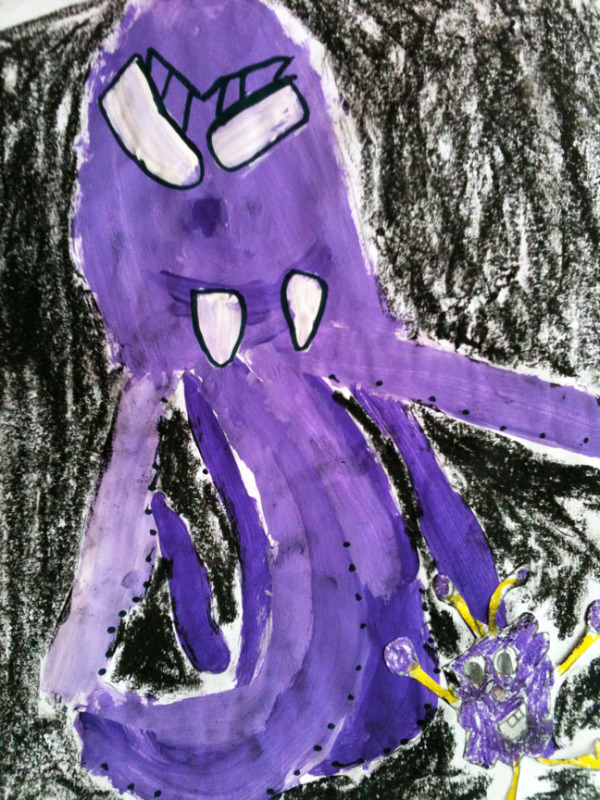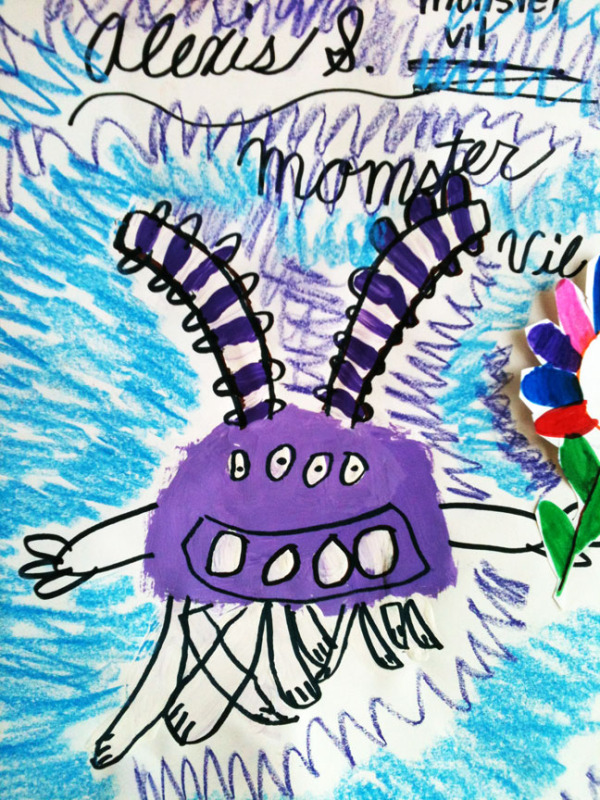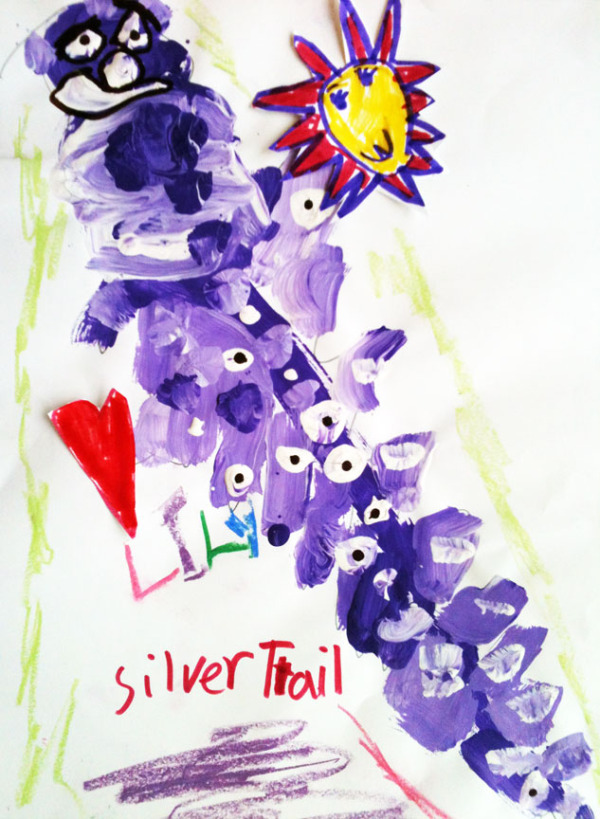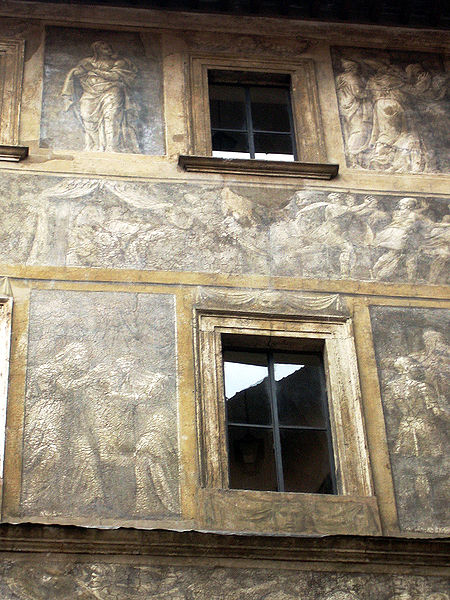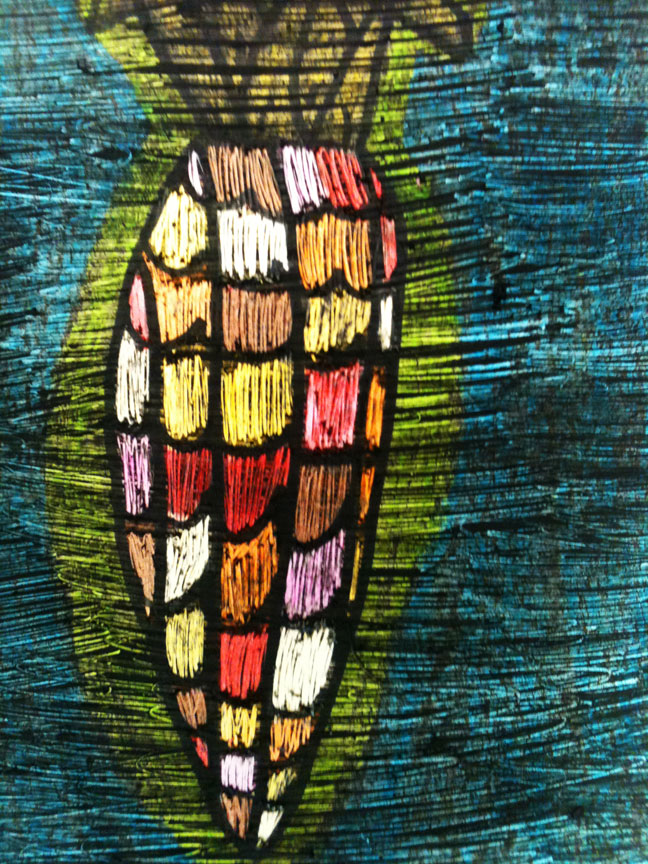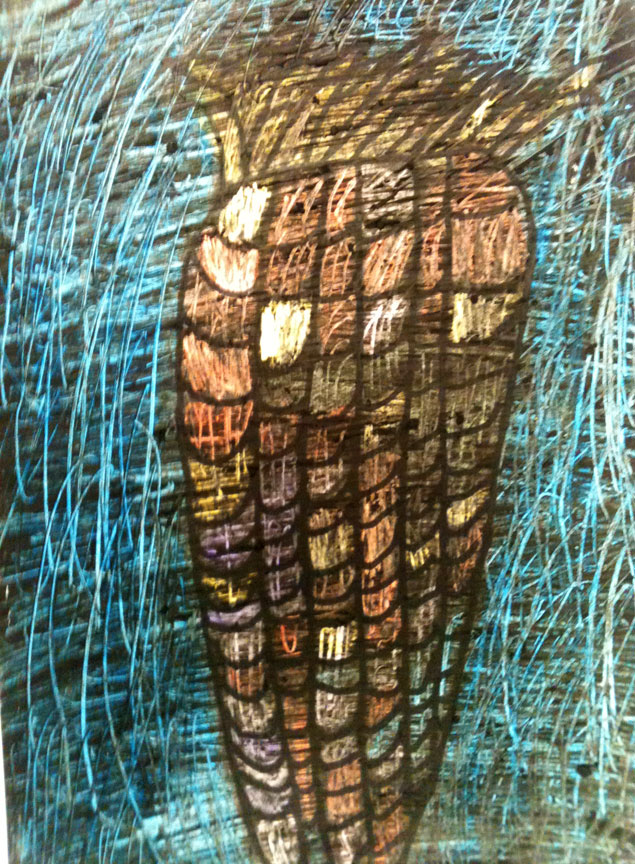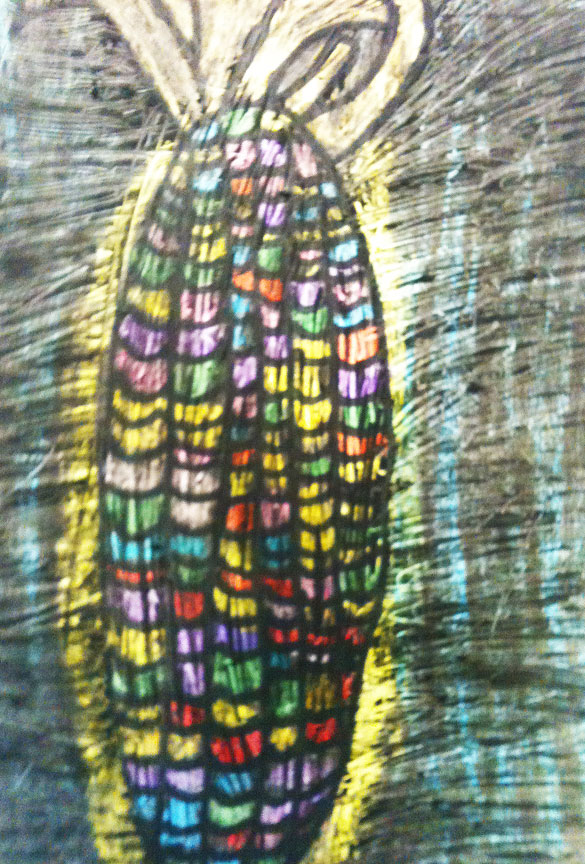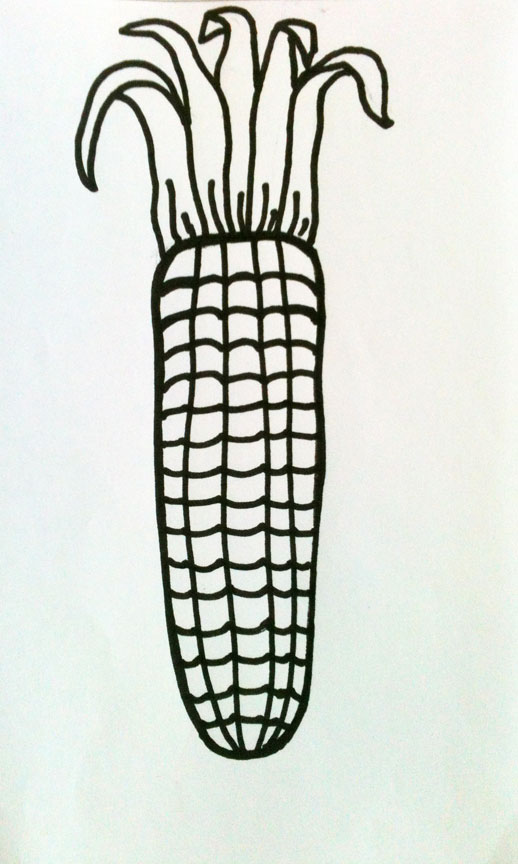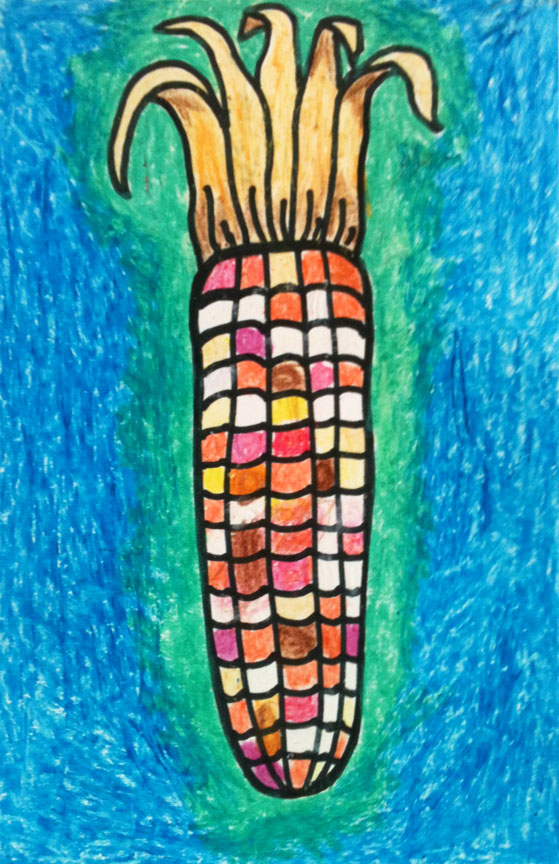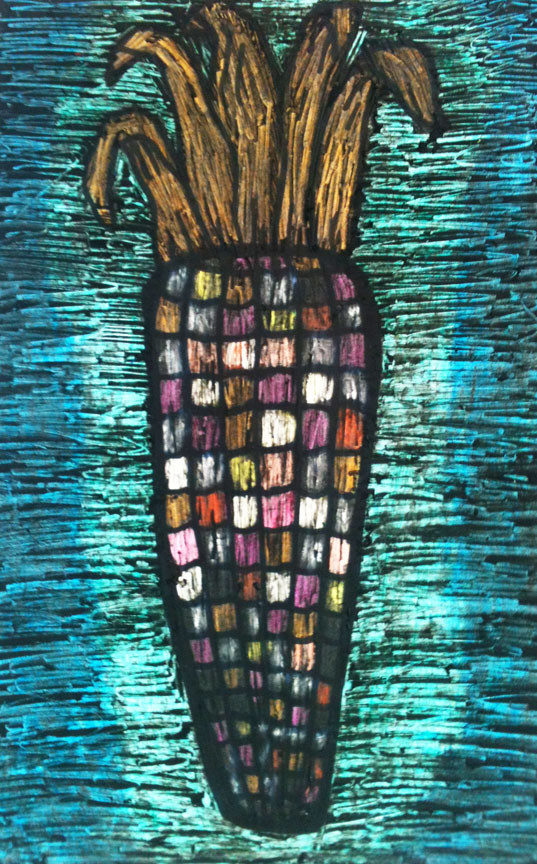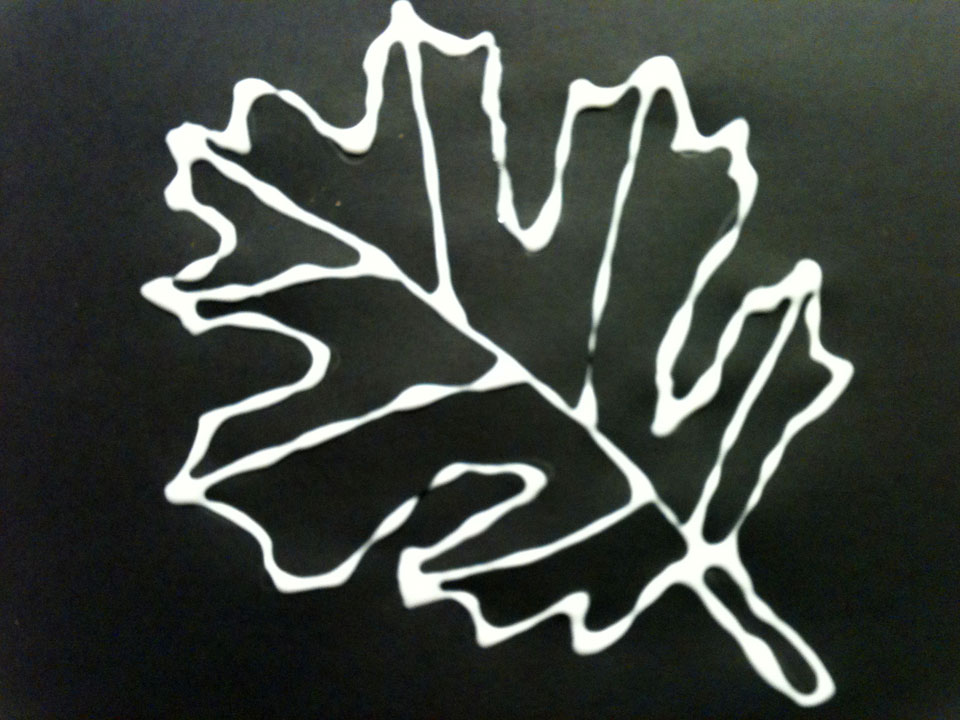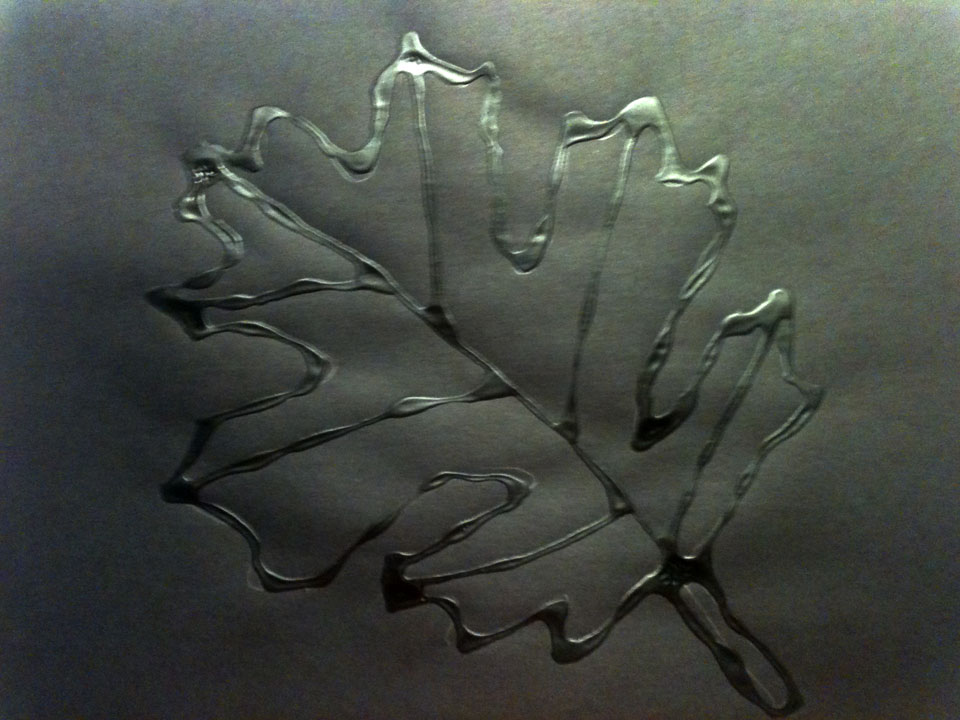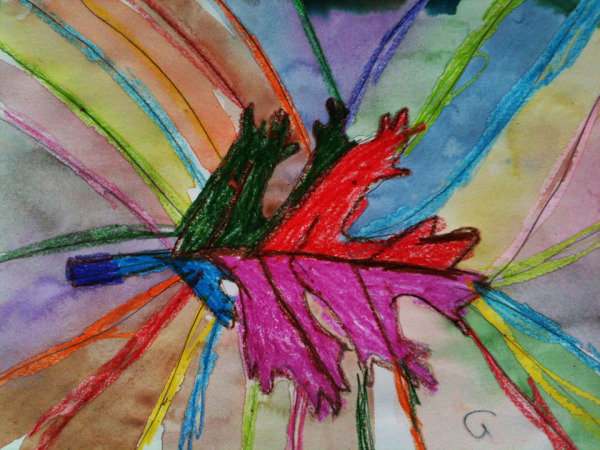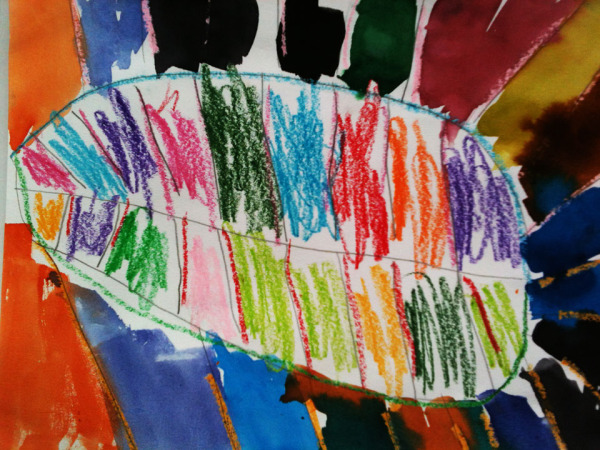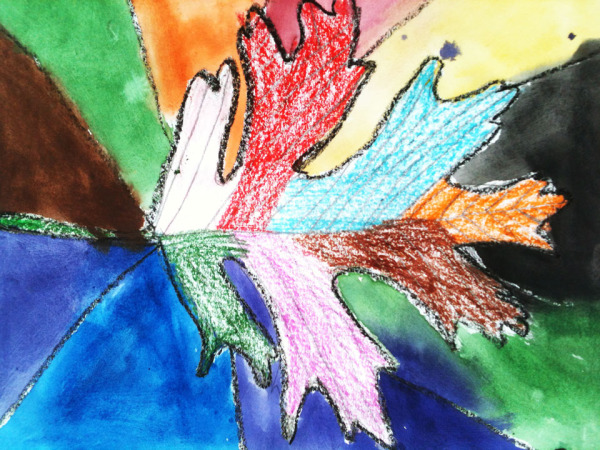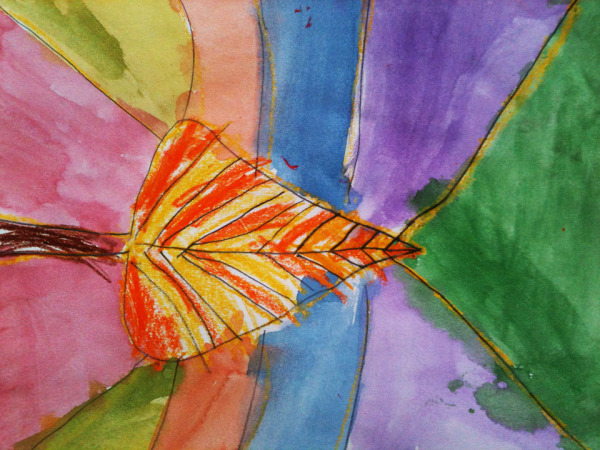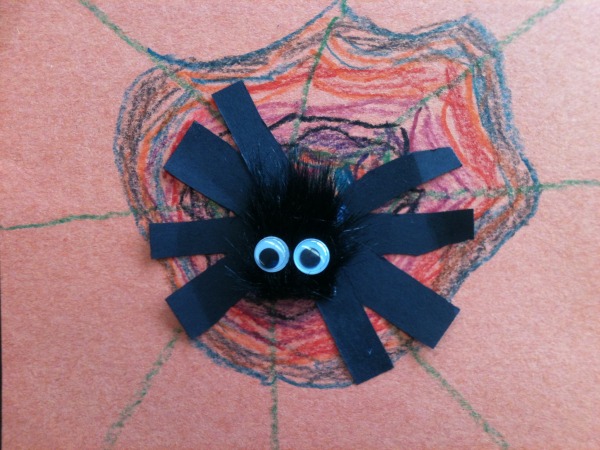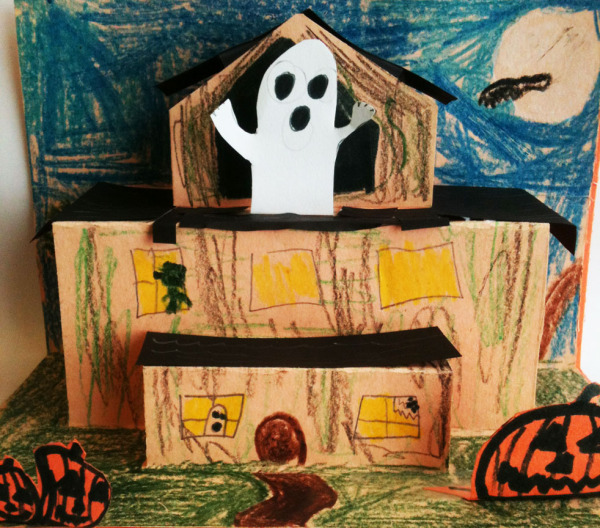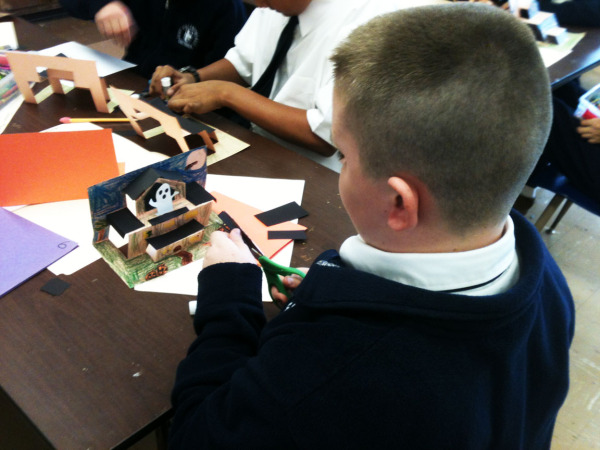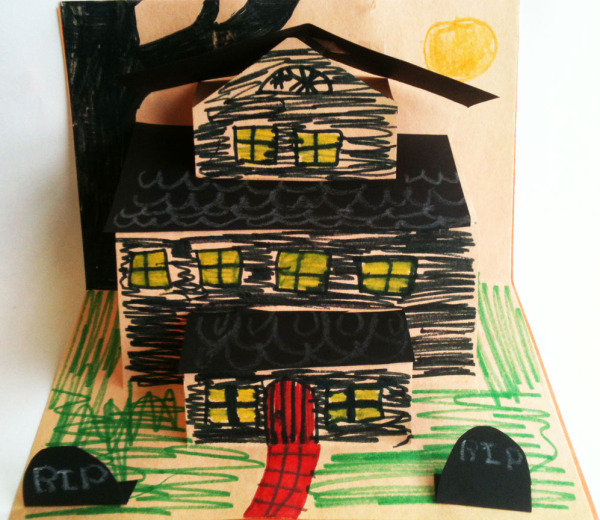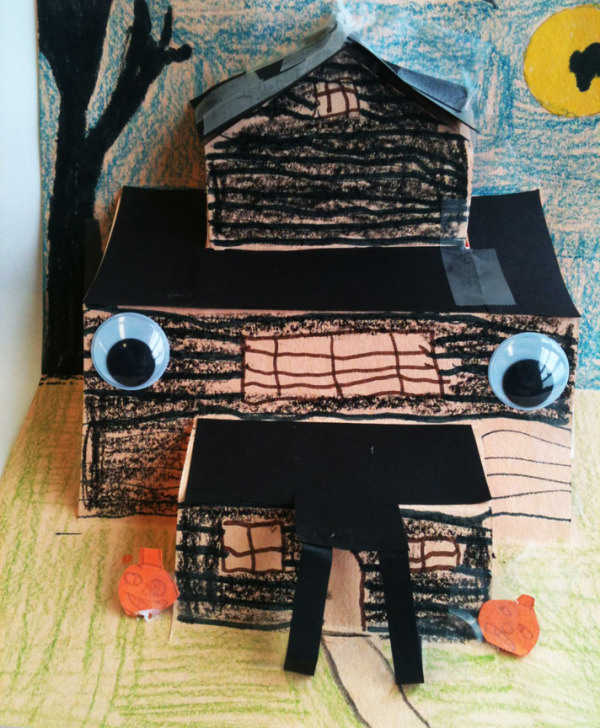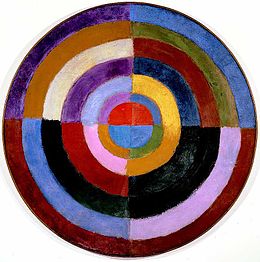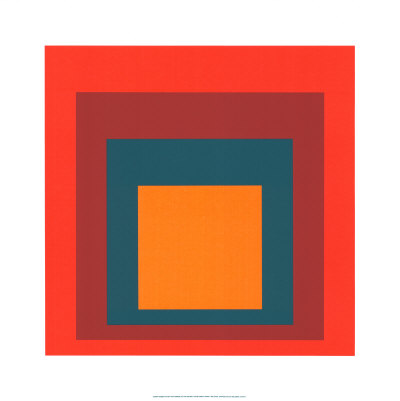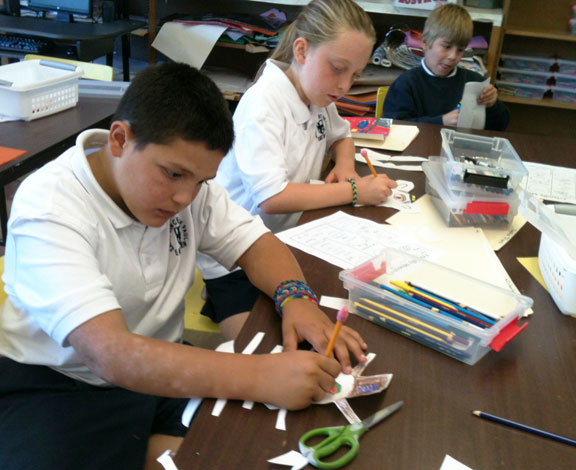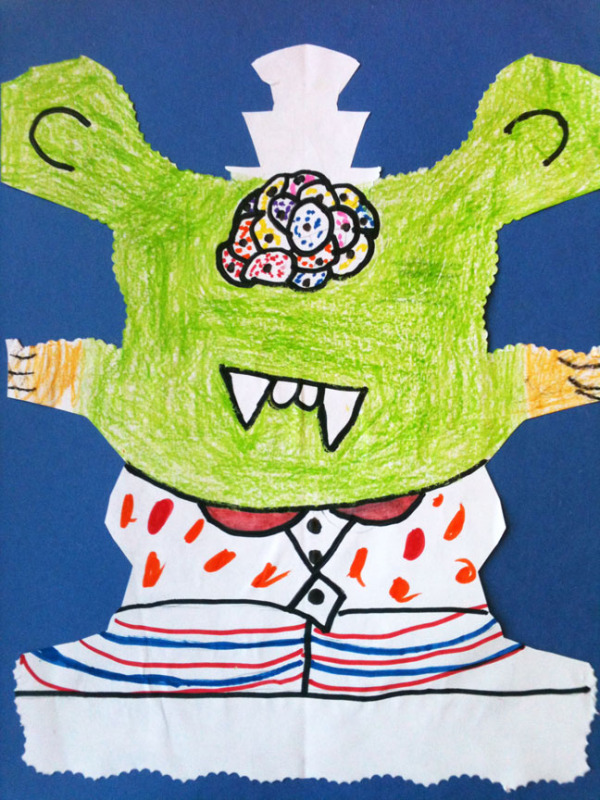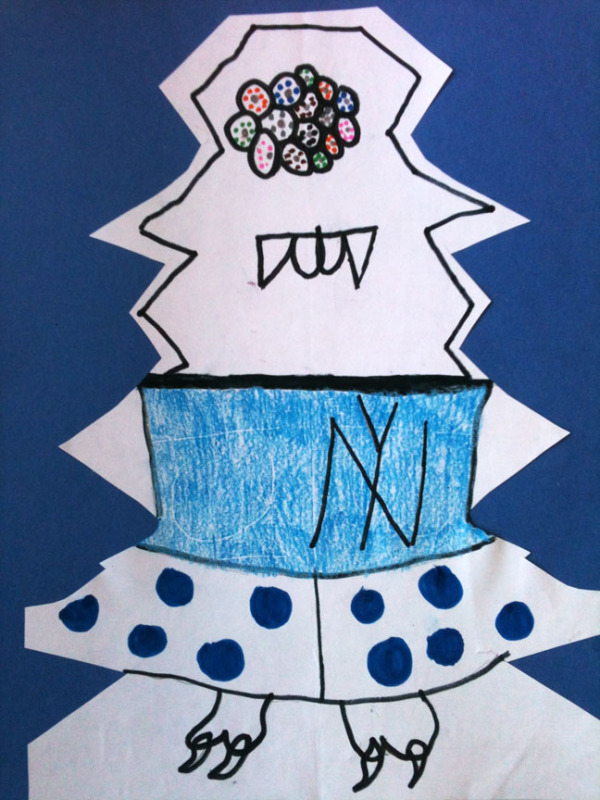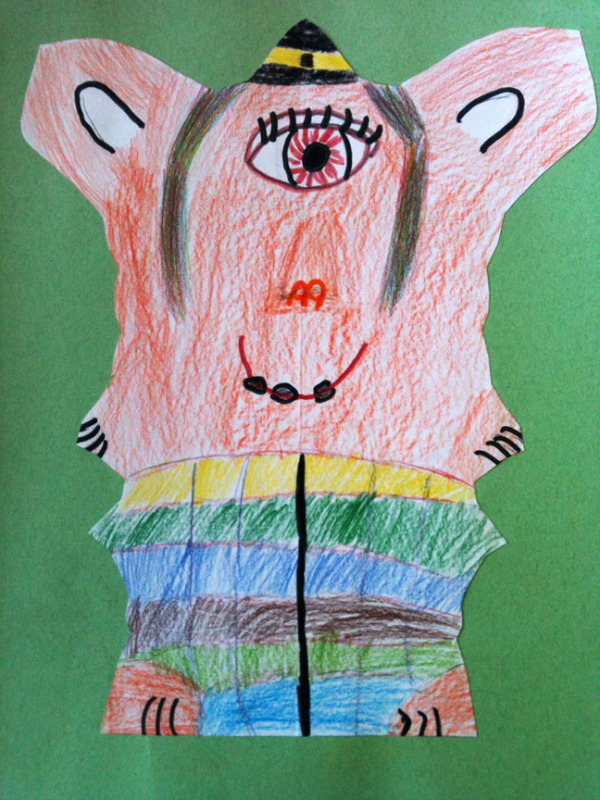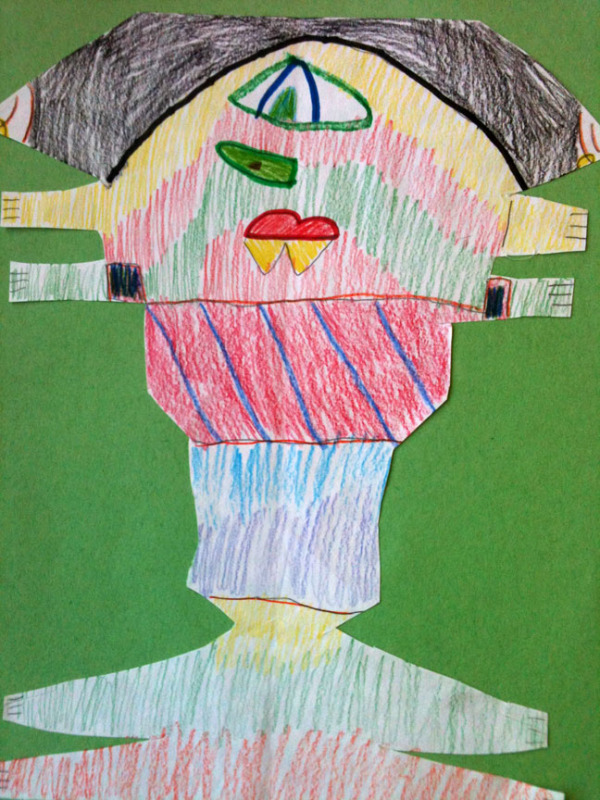Social Justice Calligrams
 Friday, December 6, 2013 at 11:57AM
Friday, December 6, 2013 at 11:57AM The subjects of Art, Literature and Language Arts came together for this project our 8th grade students have just completed. Social Justice is a major theme in Mrs. Panzo's Literature and Language arts classes this year, where students have been researching and writing about the topic in a variety of challenging projects.
They applied that knowledge for this art project by developing a favorite quote or writing by an important figure they had studied into a calligram. Calligrams use a word or piece of text to create a visual image related to the meaning of the words themselves. Students could also choose the alternative of developing a poem about themselves and their interests they had written into a calligram. In the art room we stressed that the visual image relate well to the text, and that the words vary in size and thickness when needed to create visual interest. Students were excited to bring this important theme into their art, and I think the results are stunning, don't you? Find more examples by clicking on any image below.
